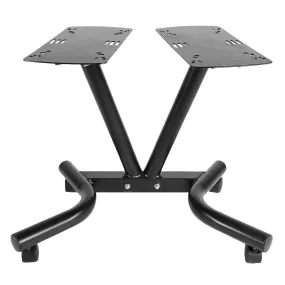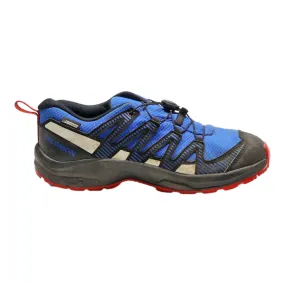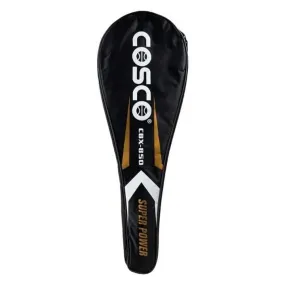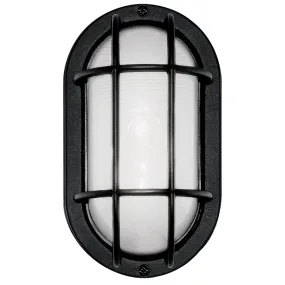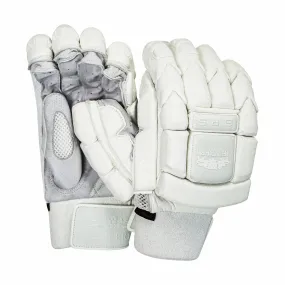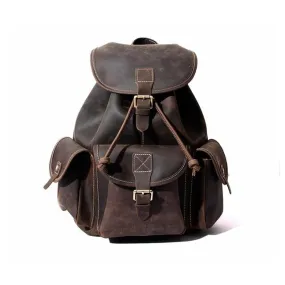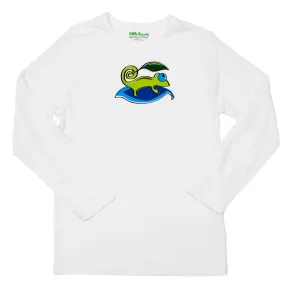Healthy Vein Support | Nature's Way Horse Chestnut
If you're looking for an all natural way to maintain healthy Veins, look no further. Nature's Way Horse Chestnut is 100% all natural and Gluten-free friendly, and will help to treat Varicose Veins. Horse Chestnut has long been used to help with Joint, Bladder, & Leg Cramps/pain as well. Nature's Way's formula will aid with Inflammatory conditions in the Veins, and improve Blood Circulation in the Legs, specifically. On top of all of that, Nature's Way Horse Chestnut is easy and convenient to take on-the-go. Step up your Vein game today with Nature's Way. Pick up a Bottle!! Introducing Nature's Way Horse Chestnut!!
Nature's Way Horse Chestnut Benefits
- 100% All Natural & Gluten-Free Friendly
- Made With Fully Transparent & Generously Dosed Ingredients
- Easy & Convenient To Take On-The-Go
- Helps With Joint Pain, Bladder Problems, & Leg Cramps
- Treats Varicose Veins & Hemorrhoids
- Improves Healthy Blood Circulation In The Legs
- Helps With Inflammatory Conditions In The Veins
How Do I Take Nature's Way Horse Chestnut?
Nature's Way recommends taking one (1) Capsule twice daily with Food or Water.
Nature's Way Horse Chestnut Ingredients
Nature's Way Horse Chestnut Side Effects & Warnings
Individuals with Allergies to plants of the Asteraceae (Compositae) family‚ including Ragweed‚ should use this product with caution. If you are pregnant or nursing‚ or taking any medications‚ consult a Healthcare Professional before use. Keep out of reach of children. Safety sealed with printed inner seal. Do not use if seal is broken or missing.
References
Walas Ł, Ganatsas P, Iszkuło G, Thomas PA, Dering M. Spatial genetic structure and diversity of natural populations of Aesculus hippocastanum L. in Greece. PLoS One. 2019;14(12):e0226225. Published 2019 Dec 11. doi:10.1371/journal.pone.0226225
Pocock MJ, Evans DM. The success of the horse-chestnut leaf-miner, Cameraria ohridella, in the UK revealed with hypothesis-led citizen science. PLoS One. 2014;9(1):e86226. Published 2014 Jan 22. doi:10.1371/journal.pone.0086226





